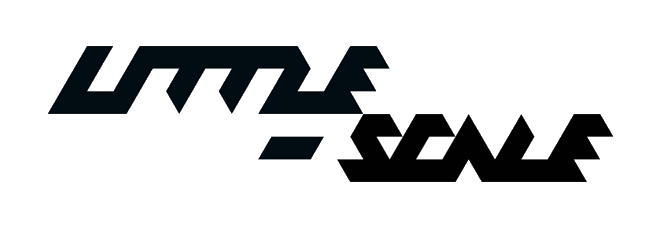My pyramid controller is almost identical to my sphere controller. The difference in shape means that each side feels a little like a preset, and its easier to have an intuition about rotation and orientation compared to a sphere. The code is slightly different as it doesn't adjust brightness; this looks better in my opinion. The code and model files can be found here: https://github.com/little-scale/Music-Sphere-Controller alongside a Max patch that makes it easy to get the data from the pyramid. The board will transmit x y and z data streams for acceleration, gyroscope and magnetometer. The acceleration values determine the colour of the onboard LED. Printing in white or clear PLA makes the colour shine through nicely.







